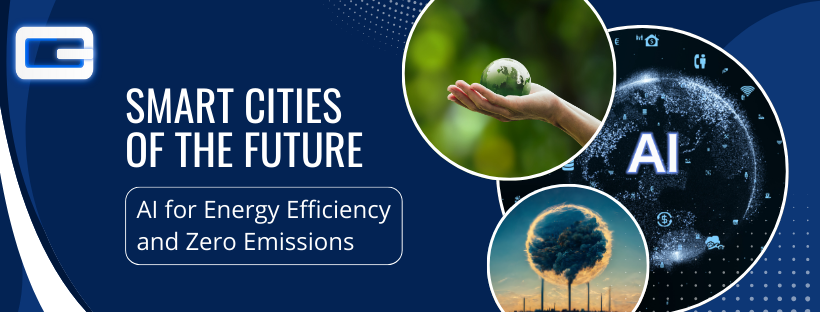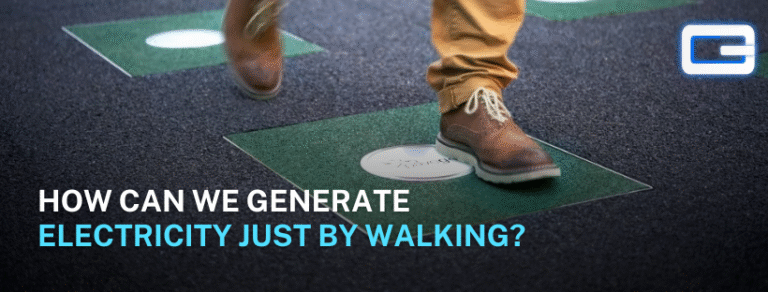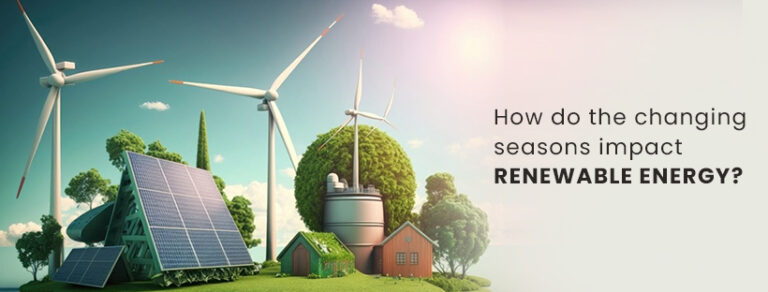Increasing urban populations are increasing the demand for energy and infrastructure in cities at an unprecedented rate. Traditional systems of energy consumption are no longer sustainable, which is why the smart cities of the future will rely heavily on artificial intelligence (AI) to achieve energy efficiency and move closer to zero-emission goals.
AI as the Brain of Smart Cities
Smart cities aren’t just about technology; they’re about intelligence. AI functions as the central “brain,” analyzing massive streams of data from sensors, meters, vehicles, and buildings to optimize energy use in real time. Instead of fixed schedules or manual controls, AI can dynamically adjust systems such as traffic lights, HVAC units, and street lighting to reduce waste and lower emissions.
For example, Barcelona uses AI-powered smart lighting that dims or brightens based on pedestrian activity, saving energy while improving public safety. Similarly, Singapore deploys AI-driven traffic management systems that reduce congestion, lowering both fuel consumption and air pollution.
Energy Efficiency Through Predictive Intelligence
One of AI’s biggest advantages in energy efficiency is its ability to predict demand. By analyzing weather patterns, occupancy levels, and historical consumption, AI can forecast when and where energy will be needed most. This enables cities to balance supply with demand and avoid unnecessary energy generation.
In commercial buildings, AI-powered energy management systems can automatically adjust heating, cooling, and lighting to optimize efficiency. This approach can cut energy use by up to 30%, reducing both operational costs and carbon footprints.
AI for Renewable Energy Integration
A zero-emission city cannot rely on fossil fuels; it must embrace renewables such as solar, wind, and hydro power. However, renewable energy sources are naturally variable. AI plays a critical role by predicting fluctuations in renewable generation and aligning them with real-time demand.
AI, for instance, can be used to predict when solar panels will produce excess energy, which can then be directed into smart grids or battery storage systems. When renewable output dips, AI can automatically balance loads by pulling stored energy or reducing non-essential consumption.
Smart Mobility and Transport
Urban emissions are primarily caused by transportation. AI-driven solutions such as autonomous electric buses, smart charging stations, and AI-powered logistics are reshaping mobility in cities. By analyzing traffic flows and commuter patterns, AI helps reduce congestion, promote public transit, and support the adoption of electric vehicles, all critical steps toward zero emissions.
For example, Oslo has implemented AI-based route optimization for buses and trams, ensuring smoother travel and reducing fuel use.
Citizen Engagement and IoT Integration
AI also enhances energy efficiency by engaging citizens. Through IoT-connected apps, residents can monitor their energy usage in real time, receive tips for reducing waste, and even participate in community energy-sharing programs. Cities benefit not only from the data but also from the collective effort of eco-conscious citizens.
Conclusion
The smart cities of the future will not be built solely on concrete and steel, but on intelligence and sustainability. By harnessing the power of AI, cities can achieve energy efficiency, integrate renewable sources seamlessly, and ultimately work toward zero-emission living environments.
AI doesn’t just make cities “smarter”, it makes them greener, cleaner, and more livable. The steps taken today in AI-driven innovation will shape the sustainable cities of tomorrow.




